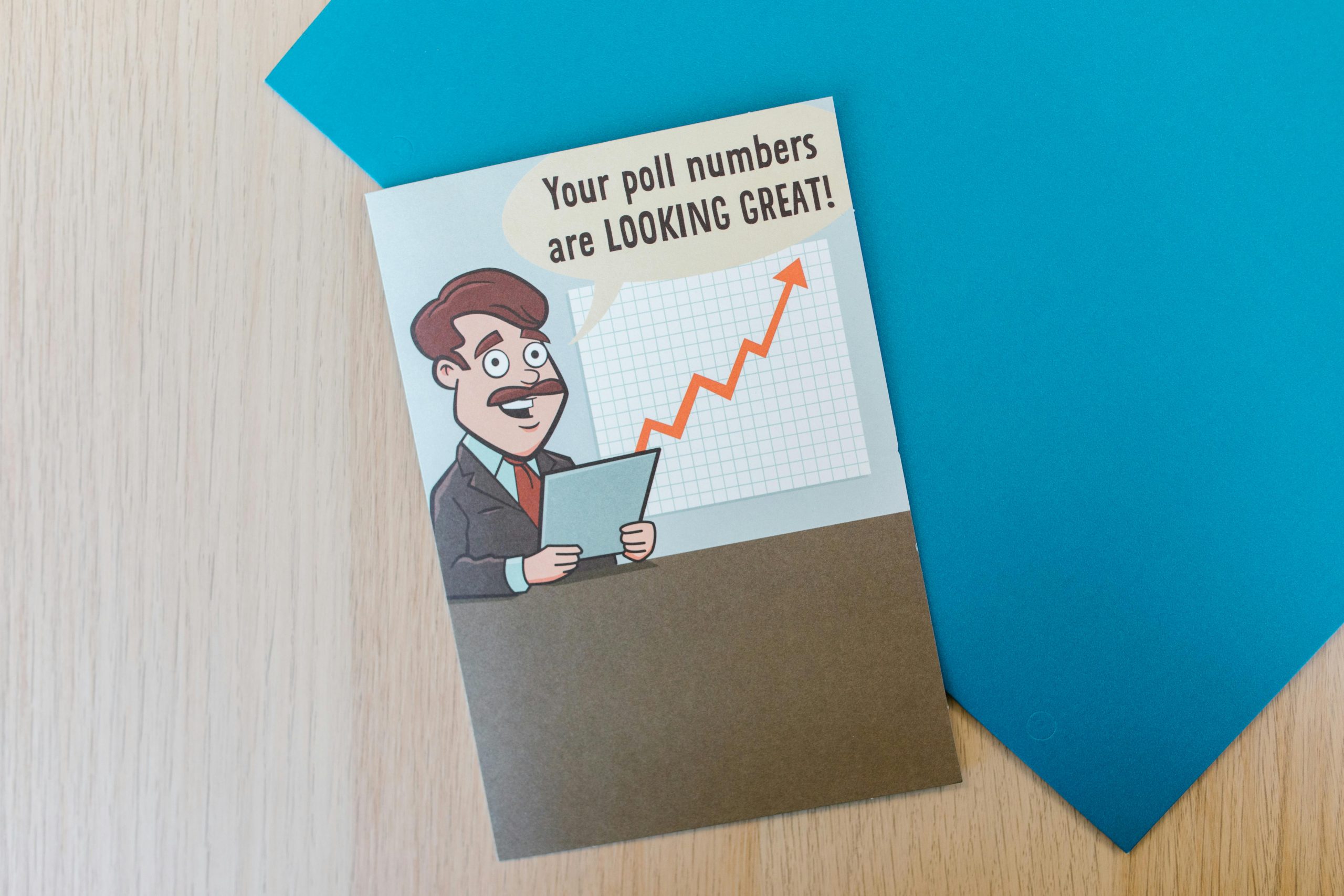When the veil of politics is pulled back, the revelations of misconduct can shake the foundations of public trust. Political scandal analysis not only sheds light on these dark corners but also offers a critical lens through which we can evaluate the integrity and accountability of our leaders. In this article, we explore the intricate world of political scandals, providing a comprehensive analysis that helps demystify these complex events.
- Introduction
- Understanding Political Scandals
- Historical Impacts of Political Scandals
- Analyzing Political Scandals
- Case Studies in Political Scandal Analysis
- Conclusion
Introduction
Political scandal analysis offers a window into the often opaque processes of governance, revealing how leaders handle power and responsibility. By dissecting these scandals, analysts can uncover patterns of behavior and systemic issues that might otherwise go unnoticed. This analysis is essential for informed civic engagement and the promotion of a transparent political landscape.
Understanding Political Scandals

At its core, a political scandal involves allegations of wrongdoing, breaches of trust, or moral lapses by public officials. These events often trigger public outrage and can lead to legal repercussions, policy changes, and shifts in public opinion. Understanding the dynamics of these scandals is crucial for any comprehensive political scandal analysis.
Key Elements of Scandals
Several components are usually present in political scandals: the accused, the accuser, the nature of the accusation, and the societal response. Each element plays a vital role in shaping the narrative and outcome of the scandal.
Historical Impacts of Political Scandals
History is replete with examples of political scandals that have had profound impacts on societies and governments. From Watergate in the United States to the Profumo Affair in the United Kingdom, these events have reshaped political landscapes and altered public perceptions of governance.
Lessons Learned
Each scandal serves as a lesson in governance, public accountability, and the importance of ethical leadership. By studying these historical examples, political analysts and citizens alike can learn to better identify and respond to signs of political misconduct.
Analyzing Political Scandals

To effectively analyze political scandals, one must consider multiple perspectives and sources. This involves looking at legal documents, media reports, whistleblower testimonies, and public reactions. A multi-faceted approach ensures a balanced understanding of the events and their implications.
Tools and Techniques
Modern technology and methodologies, such as data analysis and behavioral science, enhance our ability to dissect and understand political scandals. These tools help in identifying patterns and predicting potential future scandals based on past data.
Case Studies in Political Scandal Analysis
Examining specific instances of political scandals through detailed case studies illuminates the practical applications of political scandal analysis. These studies not only highlight individual cases but also draw connections to broader political and ethical issues.
Case Example: The XYZ Scandal
An analysis of the XYZ scandal reveals how personal misconduct can intersect with public duties, leading to widespread calls for reform. The case study examines the timeline of events, the key players involved, and the eventual outcomes and policy changes that followed.
Conclusion
Political scandal analysis is more than just a tool for understanding individual incidents of misconduct. It is a vital part of maintaining a healthy political environment where leaders are held accountable, and transparency is upheld. We encourage readers to delve deeper into the analysis of political scandals to foster a more informed and engaged public.
Explore the intricate world of political scandal analysis, uncovering the dynamics, historical impacts, and case studies that shape public trust and governance.

